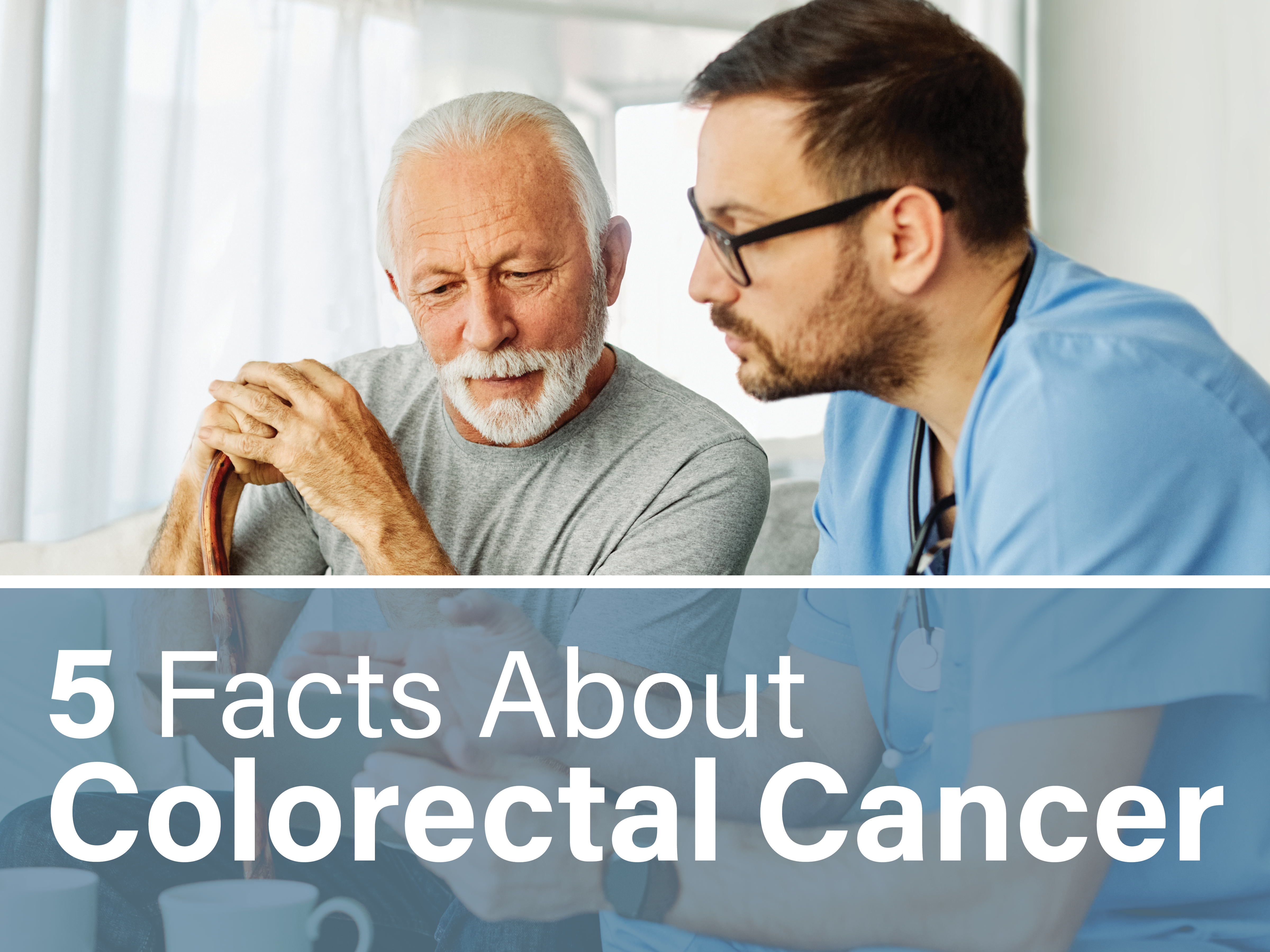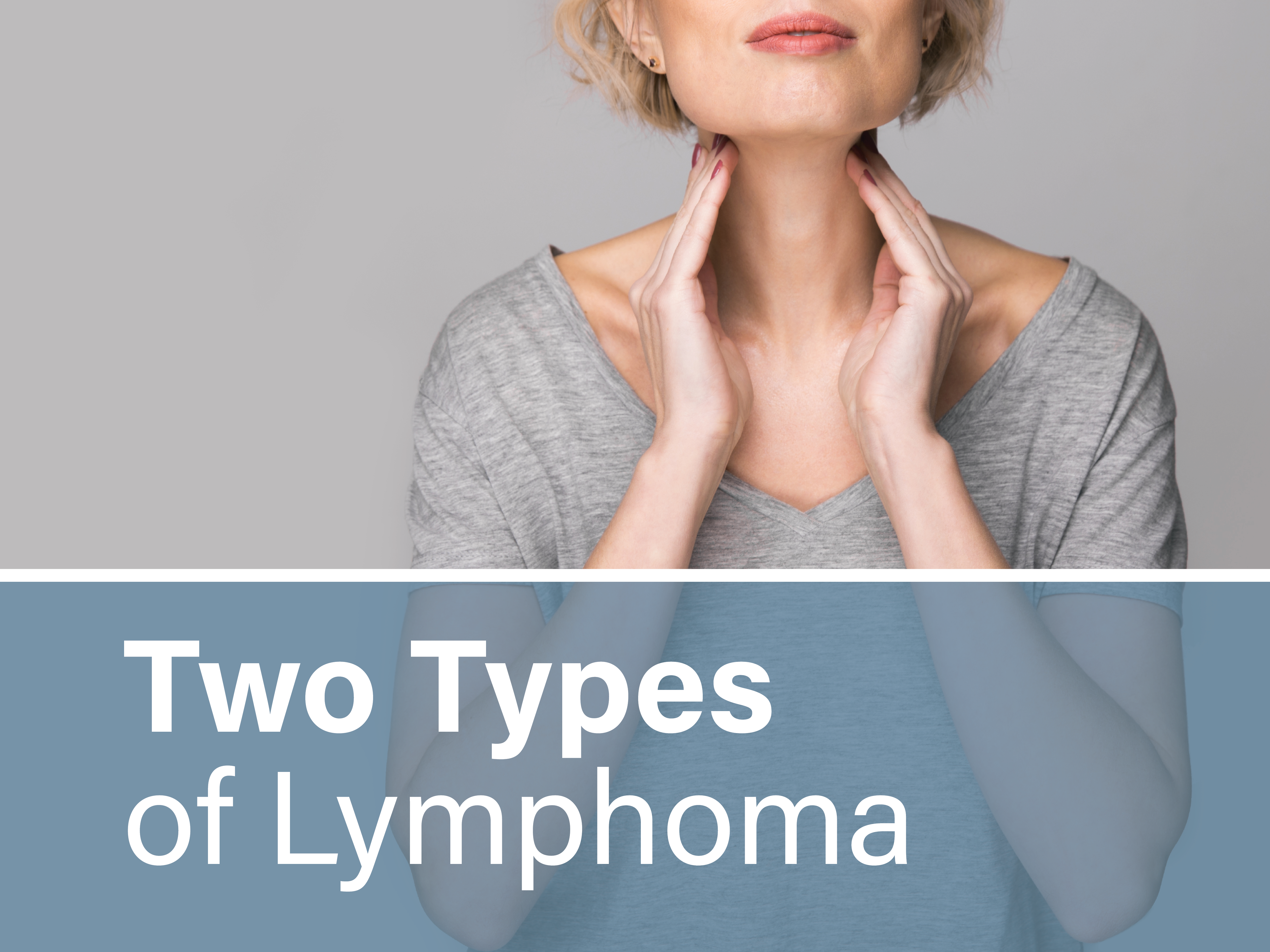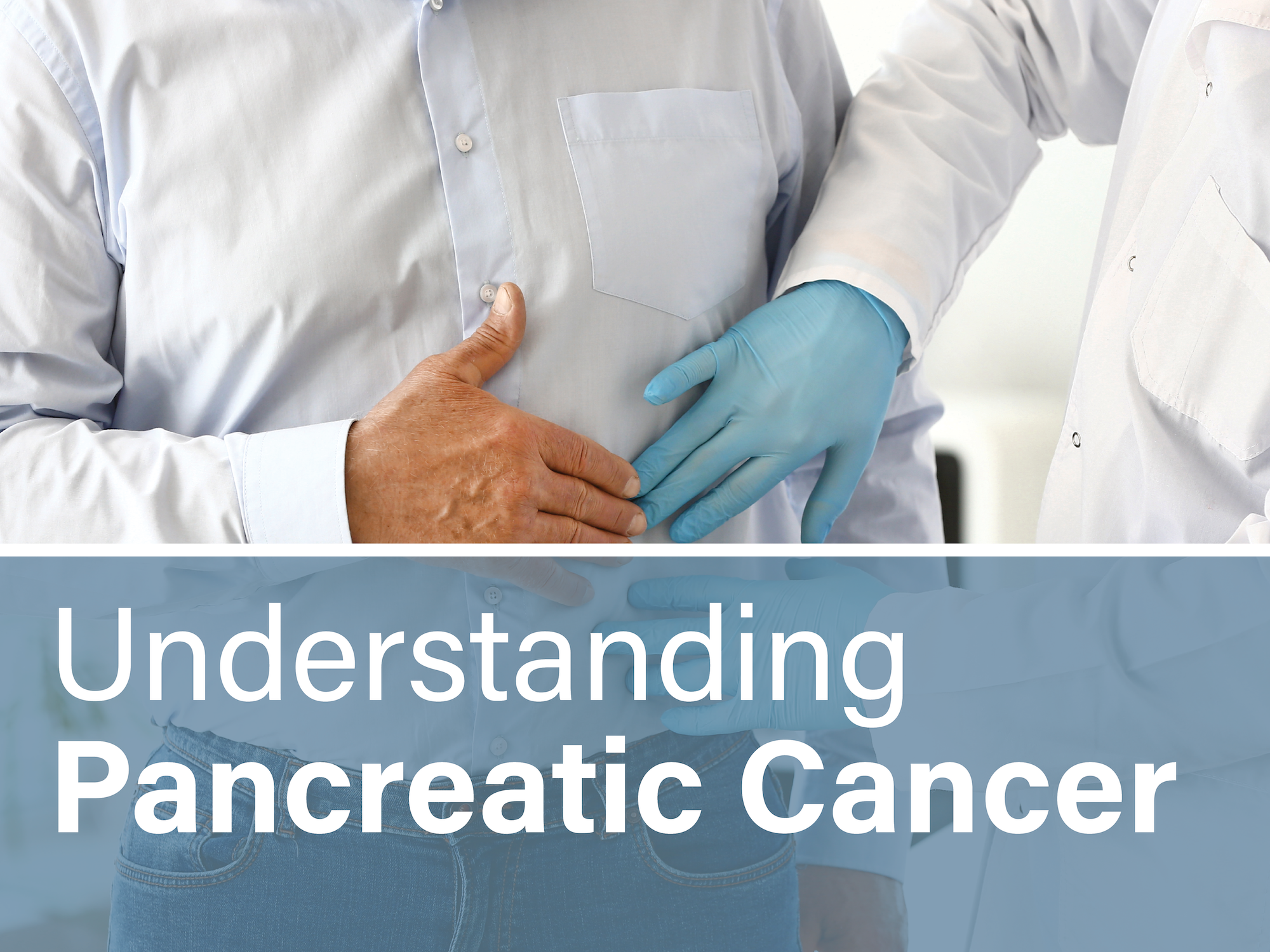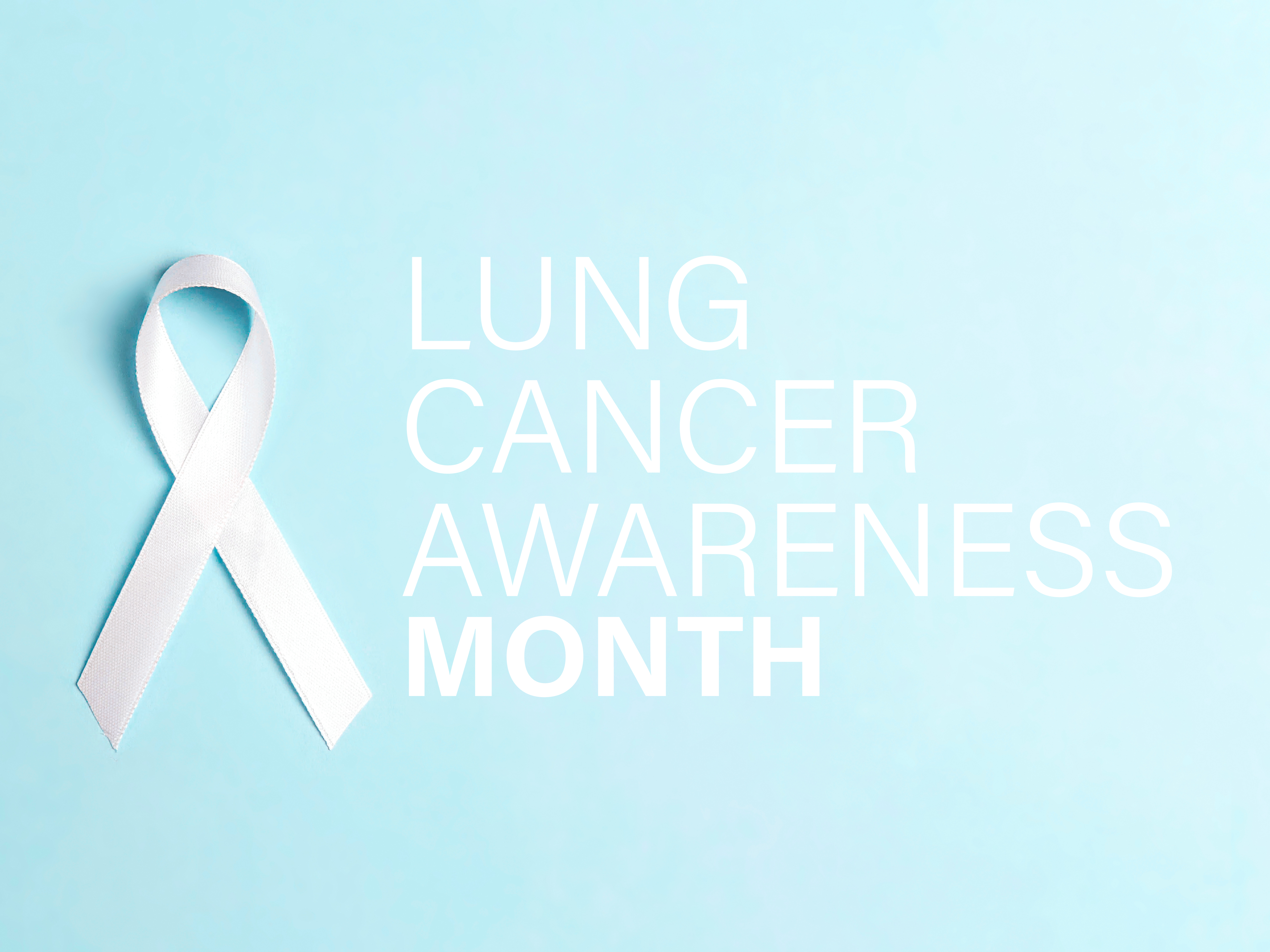Cervical cancer begins in the cells lining the cervix, which connects the uterus to the vagina.
There are two types of cervical cancer, squamous cell carcinoma and adenocarcinomas. Squamous cell carcinomas are the most common, with the American Cancer Society reporting 90% of cervical cancer diagnosis. These typically begin in the transformation zone, which is located where the exocervix joins the endocervix.
Types of Cervical Cancer Screenings
There are two tests to detect cervical cancer early. The HPV test and the Pap test. Both tests can be done in a doctor’s office or clinic.
The human papillomavirus (HPV) test looks for the virus that can cause cell changes on the cervix.
The Pap test (or Pap smear) looks for precancers, which are cell changes on the cervix that might become cervical cancer if they are not treated appropriately.
How often should you get screened for cervical cancer?
Its recommended women begin Pap tests at the age of 25. Depending on the results, you may be able to wait three years until your next Pap test. According to the CDC, there are three recommendations for women 30 to 65 years old. Be sure to ask your doctor which testing option is right for you.
An HPV test only. If your result is normal, your doctor may tell you that you can wait five years until your next screening test.
An HPV test along with the Pap test. If both of your results are normal, your doctor may tell you that you can wait five years until your next screening test.
A Pap test only. If your result is normal, your doctor may tell you that you can wait three years until your next Pap test.
Women older than 65 may no longer need to have normal screening test results the age of 65, your doctor may tell you that you don’t need to be screened anymore if you have had normal screening test results for several years and you have not had a cervical precancer in the past, or you have had your cervix removed as part of a total hysterectomy for non-cancerous conditions, like fibroids.
EXPERT CARE
At Laurel Cancer Care, we understand how hard it can be to choose the perfect team for your treatment. Gynecological cancer is any form of cancer that takes place in the female reproductive system. The most common is cervical cancer. Click on the button below to learn more.







